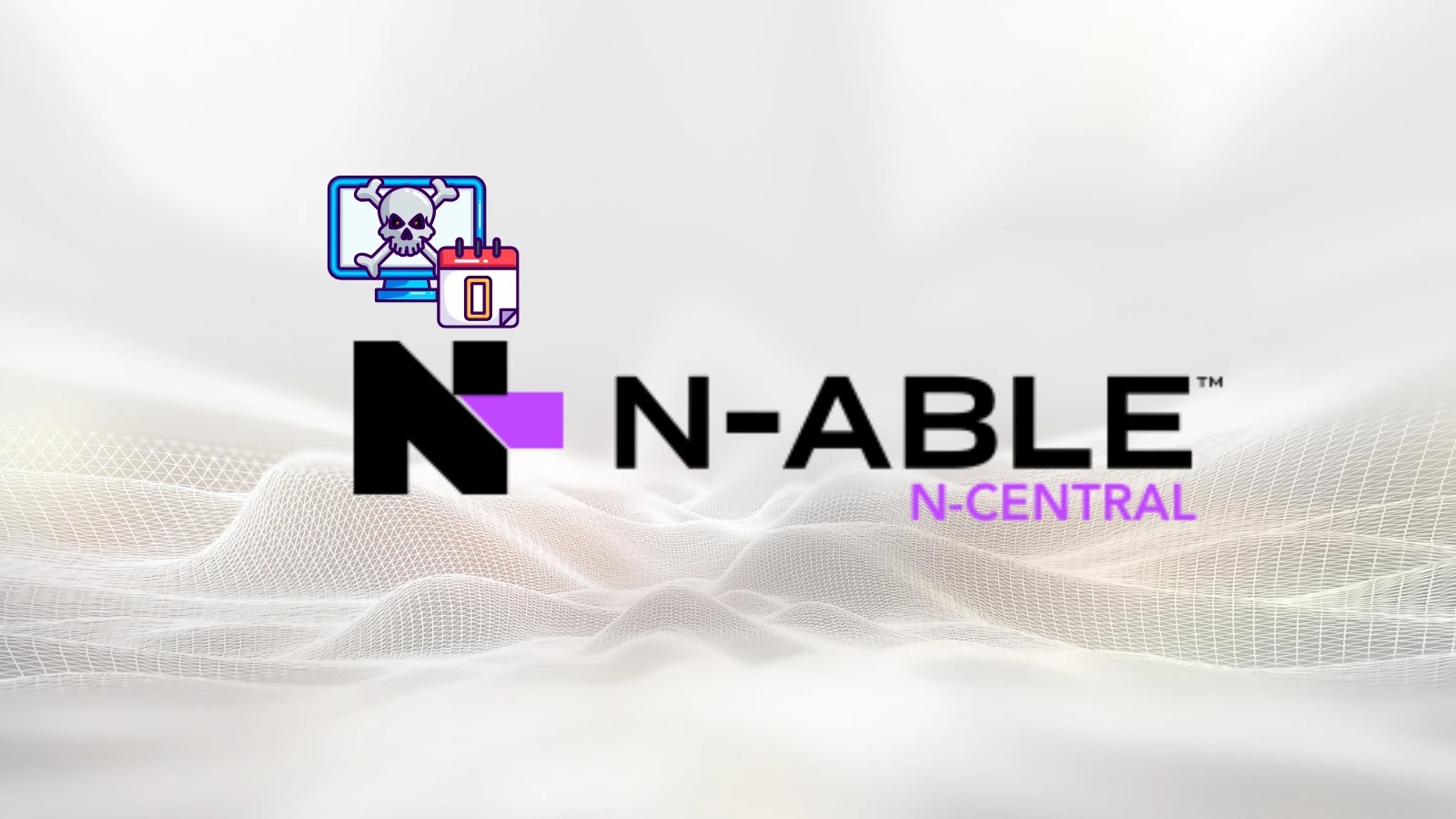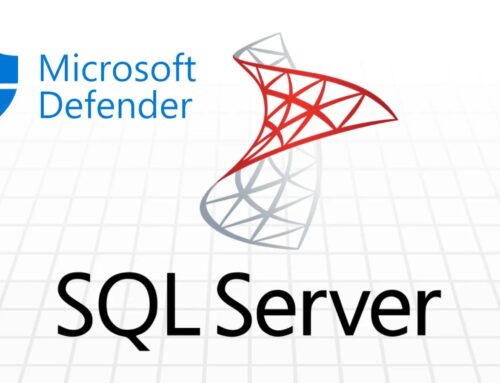
1000+ Exposed N-able N-central RMM Servers Unpatched for 0-Day Vulnerabilities
Urgent Cybersecurity Alert: Over 1000 N-able N-central RMM Servers Exposed to 0-Day Vulnerabilities
The cybersecurity landscape has been rocked by the discovery of over 1,000 N-able N-central Remote Monitoring and Management (RMM) servers currently exposed and unpatched to two critical zero-day vulnerabilities. This presents a significant and immediate threat to Managed Service Providers (MSPs) and, by extension, their client environments.
As of August 15, 2025, precisely 1,077 unique IP addresses have been identified running outdated N-central versions, making them prime targets for malicious actors. The implications of these unpatched systems are severe, ranging from data breaches and ransomware attacks to complete network compromise. This analysis delves into the specifics of these vulnerabilities, their potential impact, and crucial remediation steps.
Understanding the Threat: CVE-2025-8875 and CVE-2025-8876
The newly disclosed vulnerabilities, identified as CVE-2025-8875 and CVE-2025-8876, are zero-day exploits, meaning there was no prior public knowledge or patch available until their recent disclosure. These vulnerabilities specifically target N-able N-central RMM servers, which are widely used by MSPs to remotely manage and monitor their client’s IT infrastructures.
While the exact technical details of the exploits are typically withheld by researchers to prevent immediate weaponization, the fact that they are zero-days targeting RMM platforms is highly alarming. RMM tools have extensive privileges within client networks, making them high-value targets for adversaries seeking broad access and persistent footholds. Successful exploitation could lead to:
- Lateral movement within client networks.
- Deployment of ransomware or other malware.
- Data exfiltration and intellectual property theft.
- Disruption of critical business operations.
- Loss of reputation and trust for MSPs.
The Scope of Exposure: Over 1,000 Unpatched Servers
The sheer number of exposed servers, exceeding 1,000, underscores the urgency of this situation. These servers are directly accessible from the internet, increasing their vulnerability to automated scanning and targeted attacks. The identified IPs represent outdated versions of N-central, indicating a lack of consistent patching protocols or awareness of critical updates among some operators.
The N-able N-central RMM platform is a cornerstone for many MSPs, allowing them to efficiently manage diverse IT environments. This broad adoption, coupled with the critical access it provides, makes any vulnerability in the platform a magnified threat across the entire supply chain of an MSP’s clientele. The interconnected nature of these systems means that a compromise of one RMM server could potentially cascade to hundreds or thousands of end-client systems.
Remediation Actions: Securing Your N-able N-central Environment
Immediate action is paramount to mitigate the risk posed by CVE-2025-8875 and CVE-2025-8876. MSPs and organizations utilizing N-able N-central RMM servers must implement the following remediation steps without delay:
- Patch Immediately: The most crucial step is to upgrade your N-able N-central RMM server to the latest available version as provided by N-able. These zero-day vulnerabilities necessitate immediate application of any hotfixes or patches specifically designed to address them. Regularly check the official N-able support portal for security advisories and updates.
- Verify System Status: After patching, confirm that the update was successfully applied and that no vulnerabilities remain. Implement vulnerability scanning tools.
- Network Segmentation and Least Privilege: Ensure your N-central server is properly segmented from other critical internal networks. Apply the principle of least privilege for all accounts accessing the RMM, both internal and external.
- Strong Authentication: Enforce multi-factor authentication (MFA) for all N-central logins, especially for administrative accounts. Review, revoke, or rotate credentials for any potentially compromised accounts.
- Monitor Logs and Traffic: Implement robust logging and continuous monitoring of network traffic to and from your N-central server. Look for unusual activity, unauthorized access attempts, or signs of compromise.
- Incident Response Plan: Have a well-rehearsed incident response plan in place. In the event of a breach, rapid detection and containment are vital to minimize damage.
Tools for Detection and Mitigation
Leveraging appropriate cybersecurity tools is essential for effectively identifying and mitigating risks associated with these types of vulnerabilities. Below is a table of relevant tools:
| Tool Name | Purpose | Link |
|---|---|---|
| N-able Update Manager | Automated patch management for N-able products. | N-able Patch Management |
| Nessus | Vulnerability scanning for identifying unpatched systems and misconfigurations. | Tenable Nessus |
| Qualys VMDR | Cloud-based vulnerability management, detection, and response platform. | Qualys VMDR |
| Splunk (or ELK Stack) | Security Information and Event Management (SIEM) for log aggregation and anomaly detection. | Splunk SIEM |
| Wireshark | Network protocol analyzer for deep packet inspection and suspicious traffic analysis. | Wireshark |
Conclusion
The identification of over 1,000 unpatched N-able N-central RMM servers vulnerable to zero-day exploits (CVE-2025-8875 and CVE-2025-8876) is a critical development that demands immediate attention. MSPs and organizations must prioritize patching their N-central environments to the latest versions and implement robust security measures. Proactive vulnerability management, strong authentication, and continuous monitoring are no longer optional; they are fundamental requirements for maintaining a secure and resilient cybersecurity posture in the face of evolving threats.





